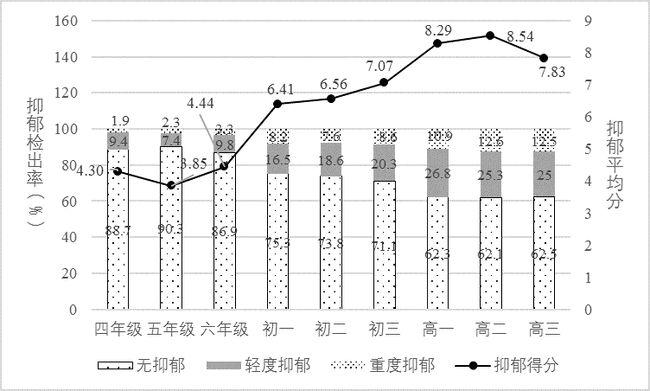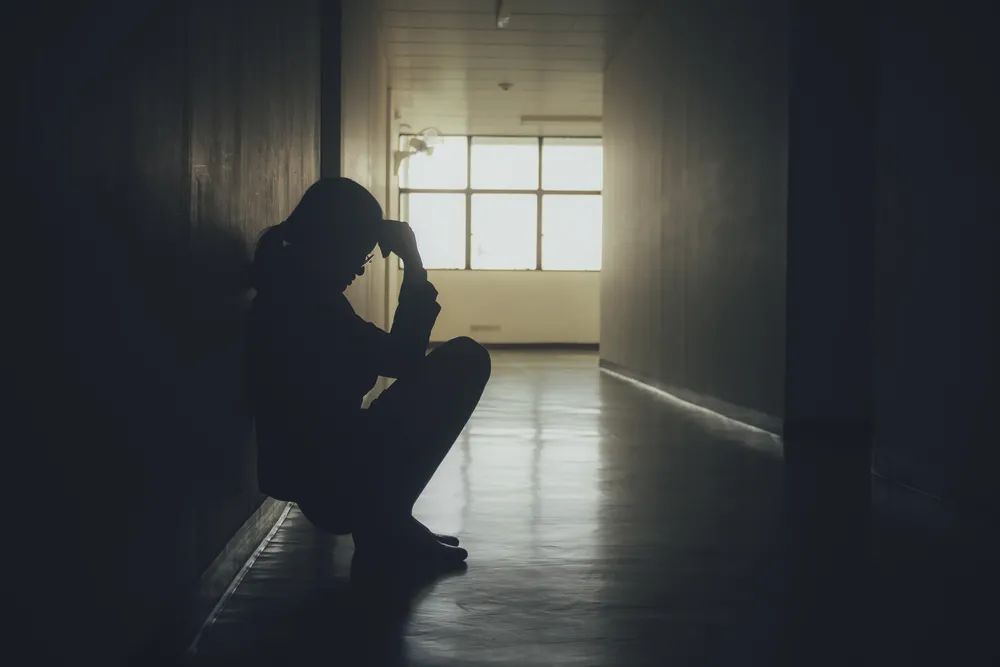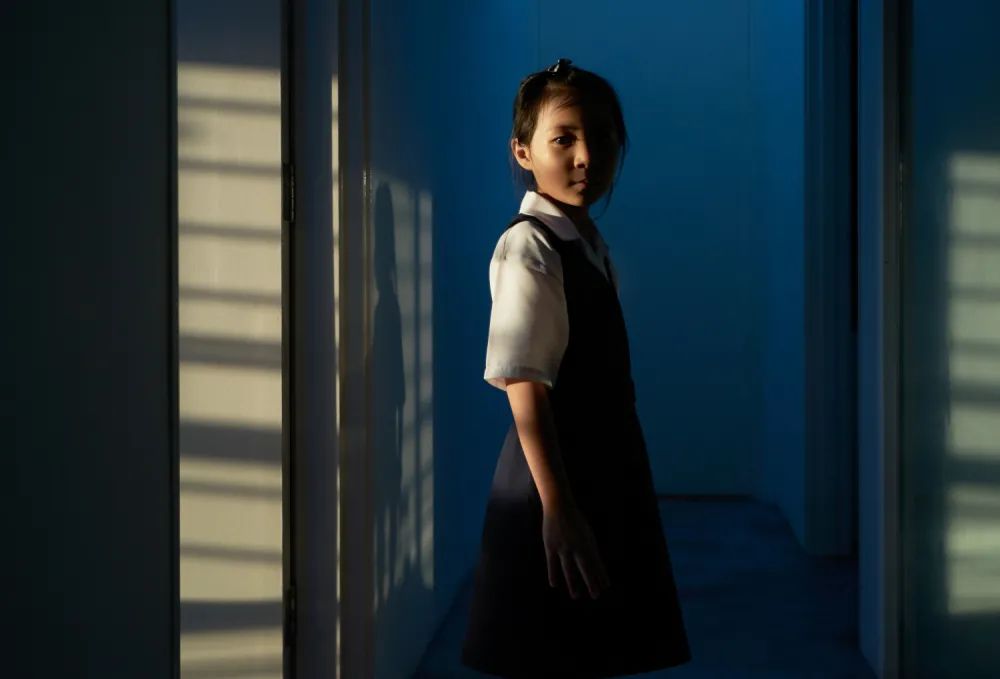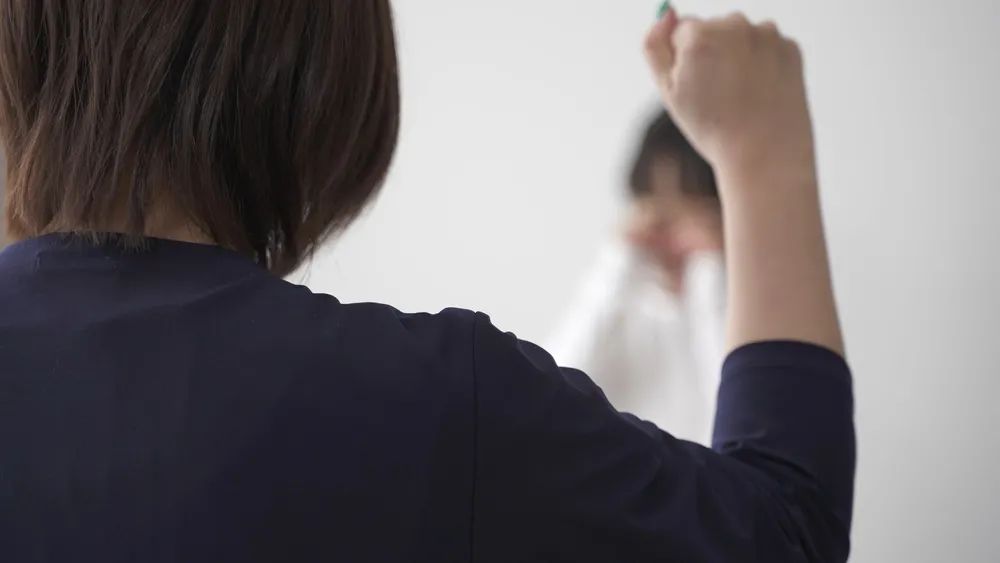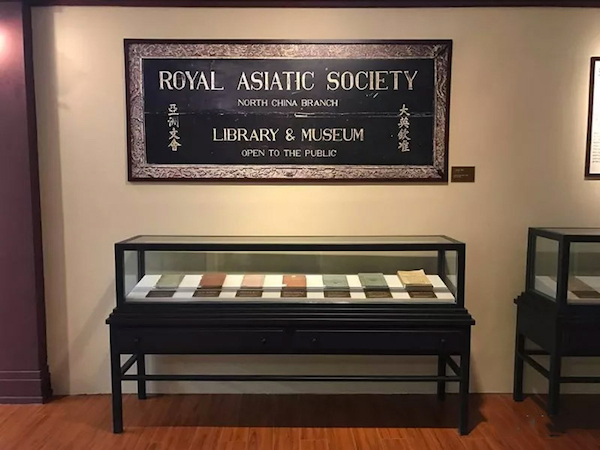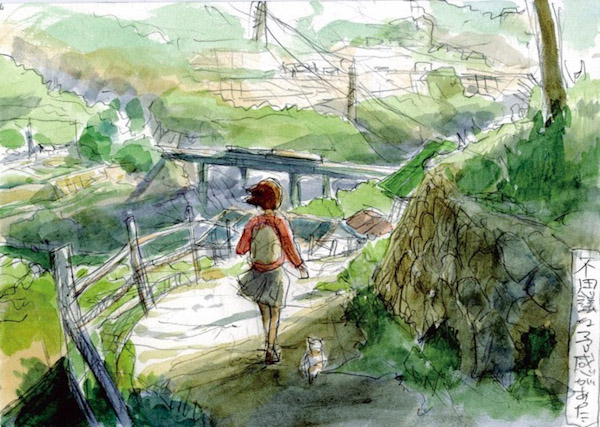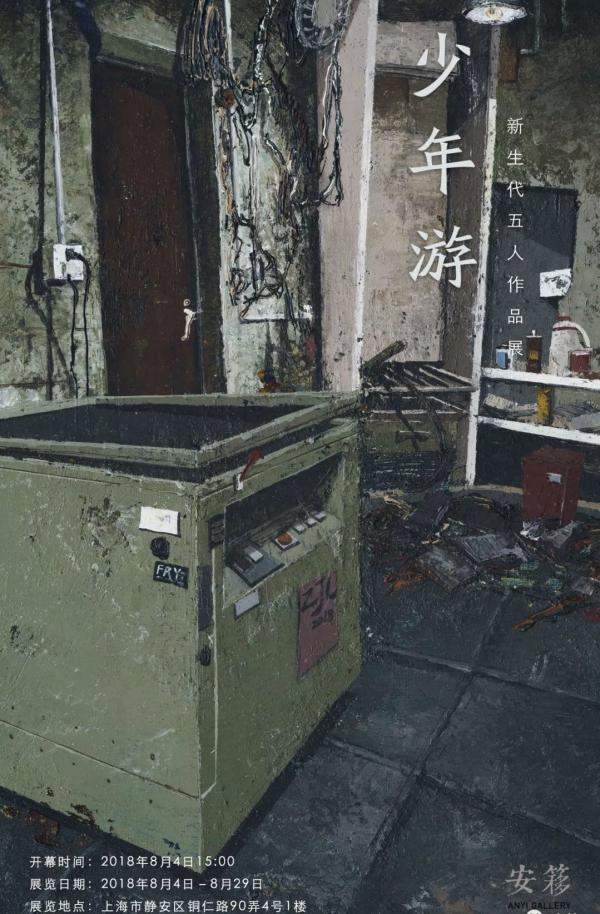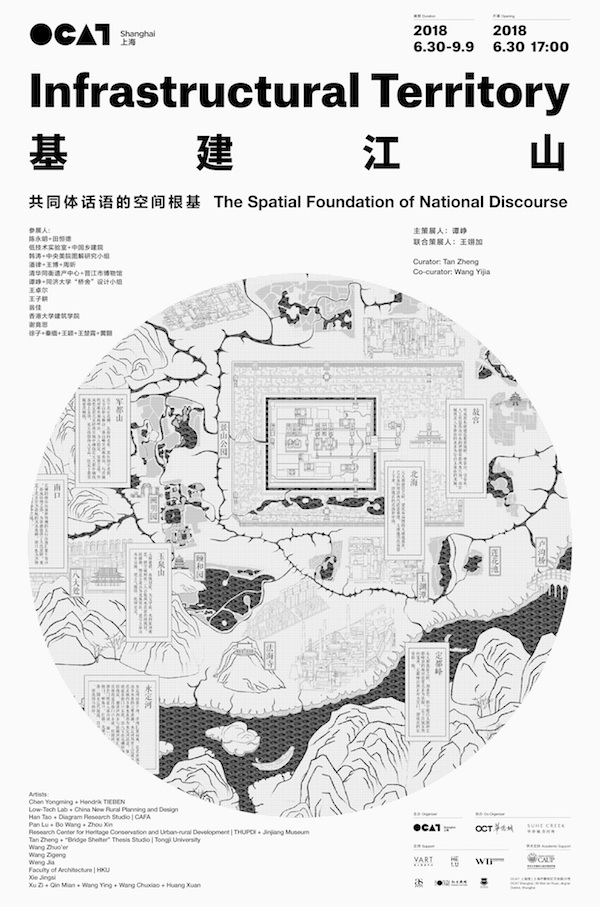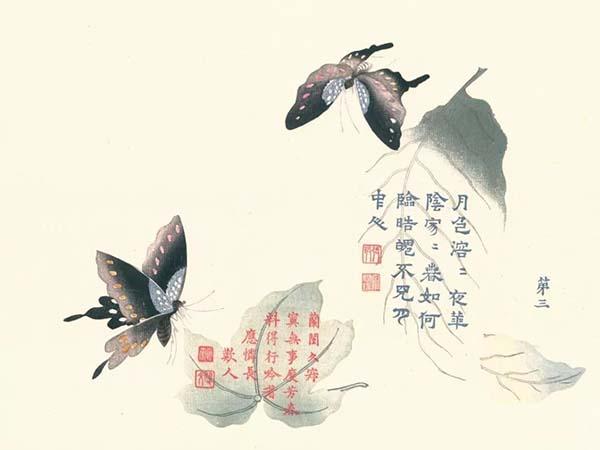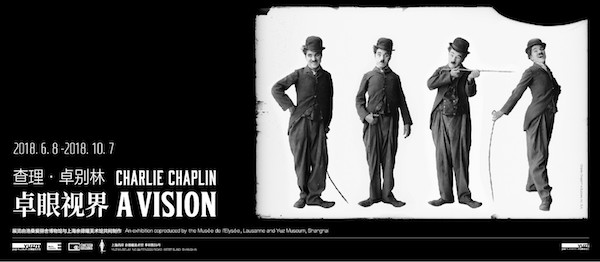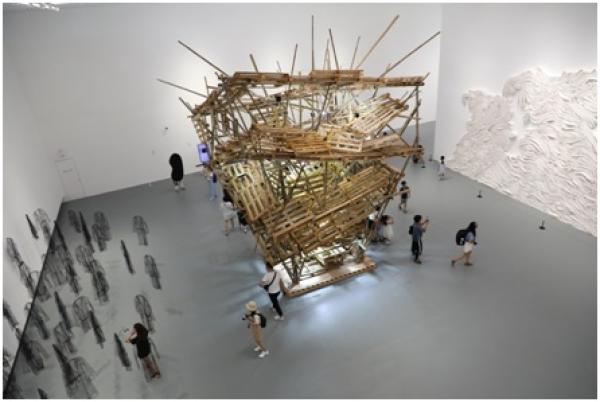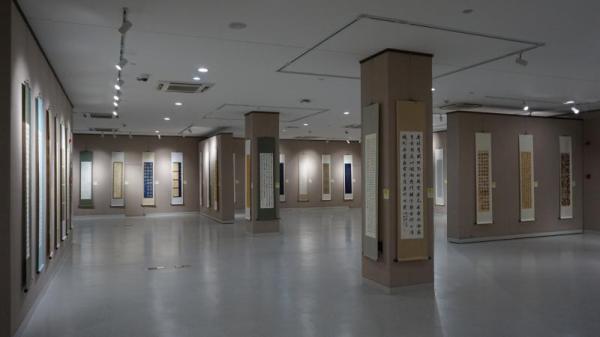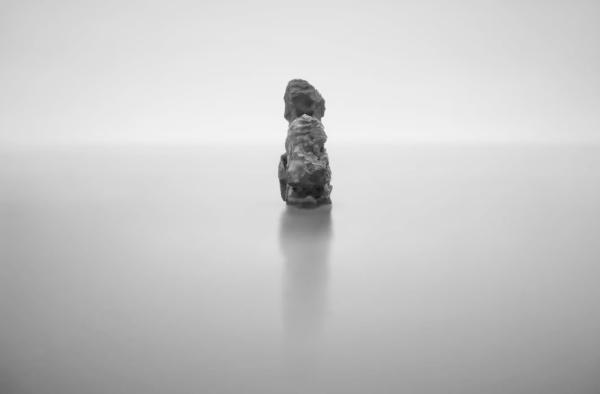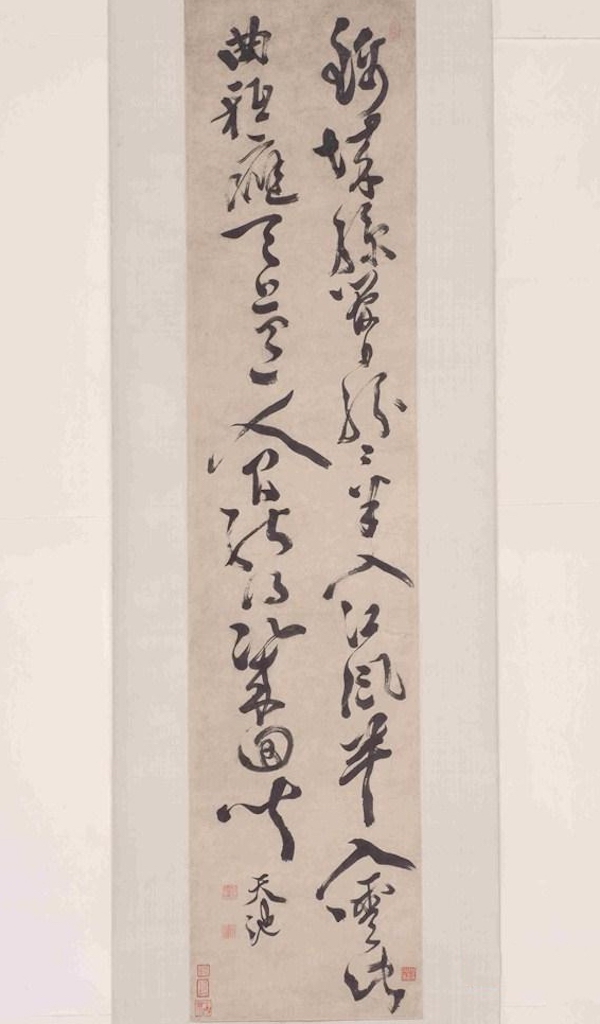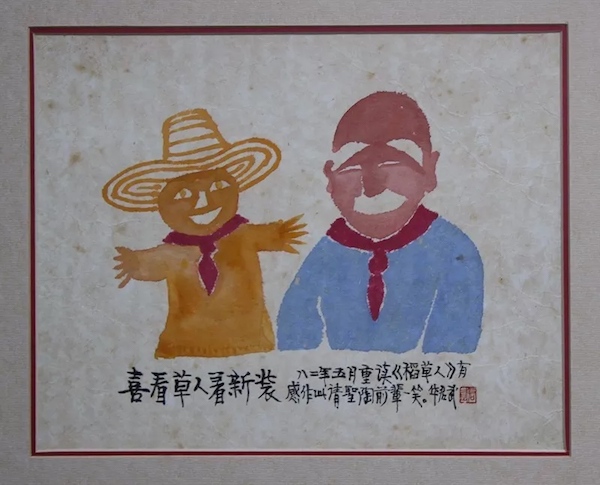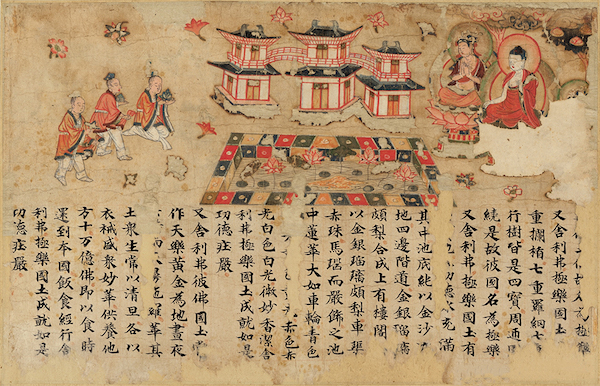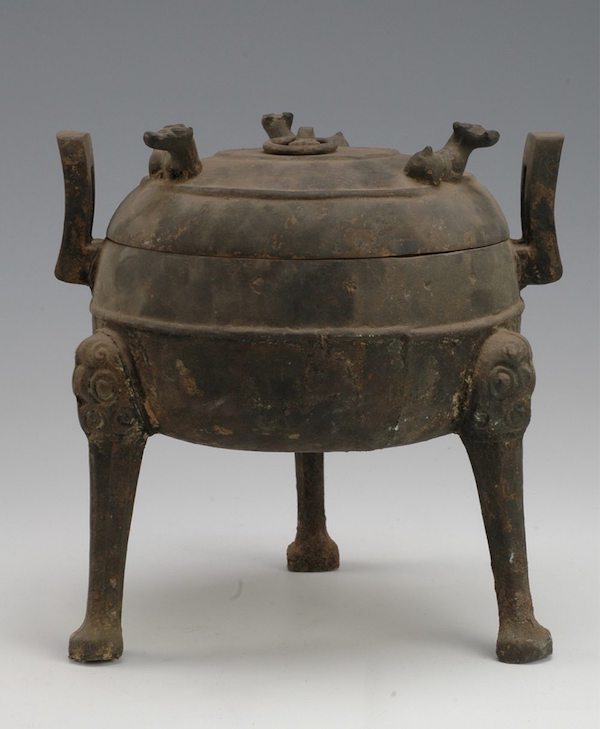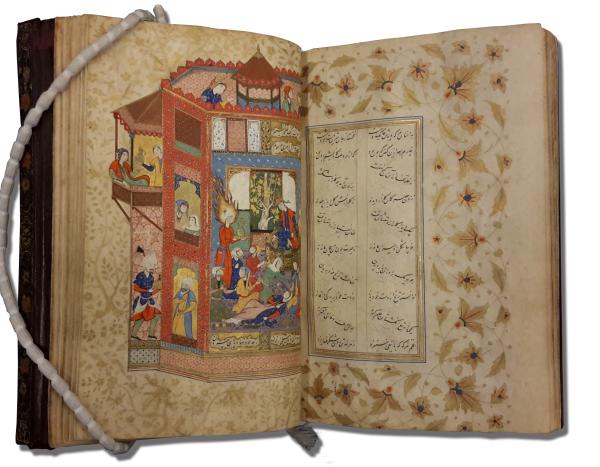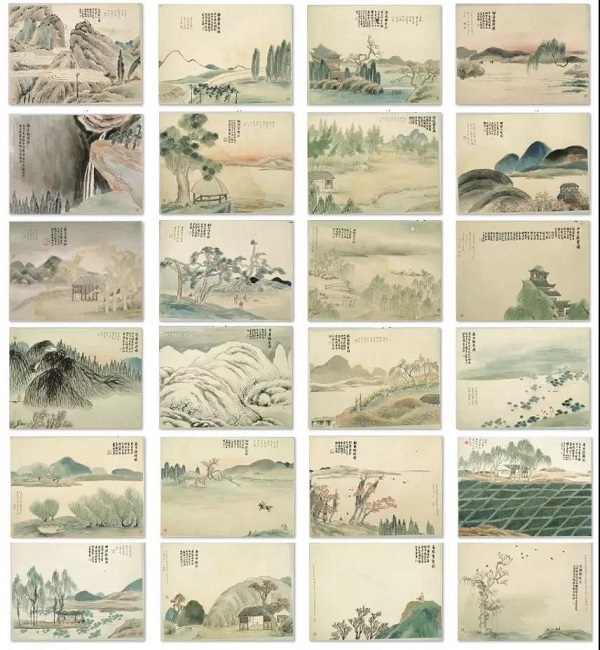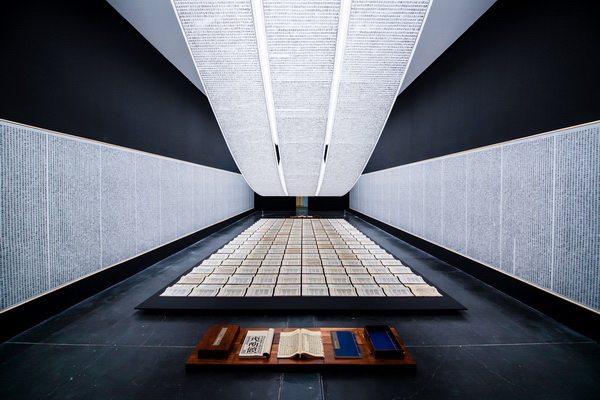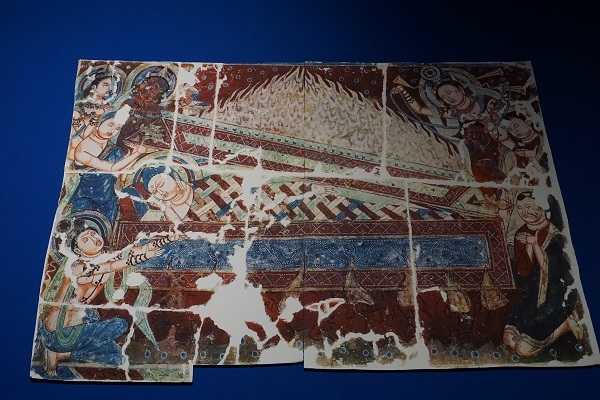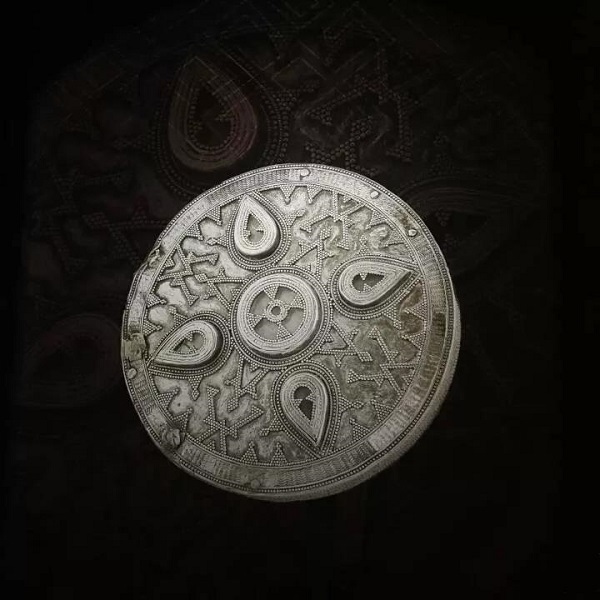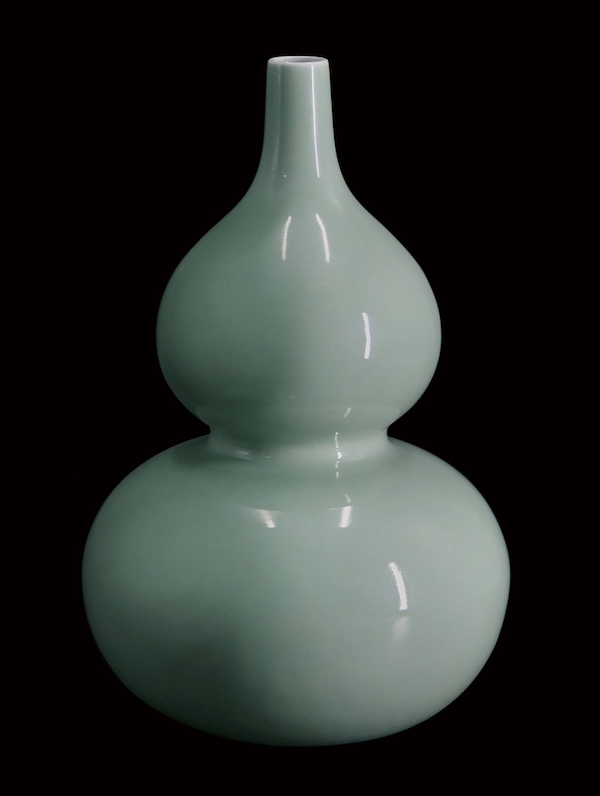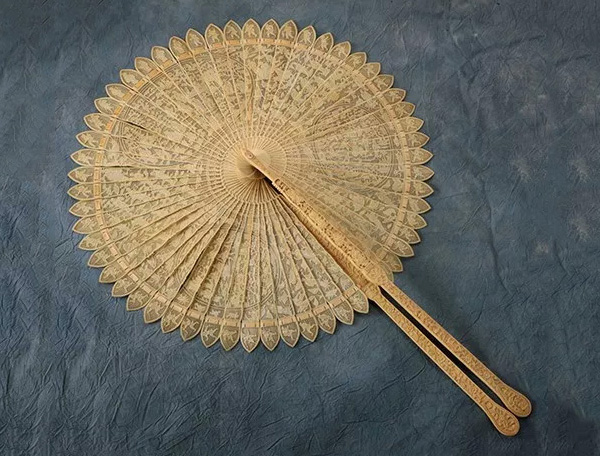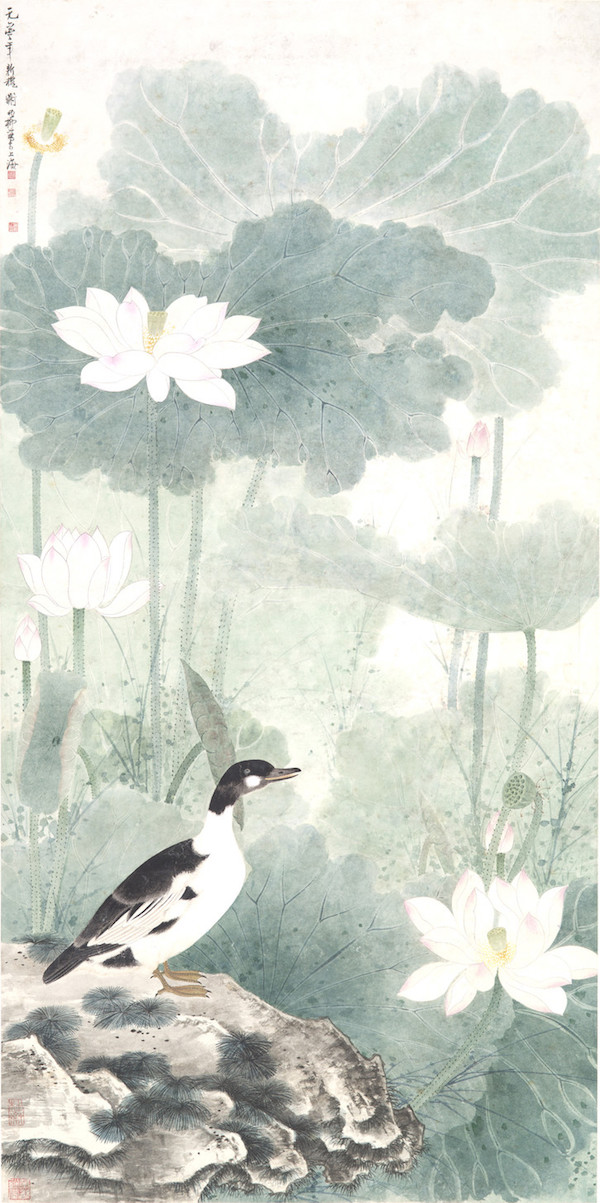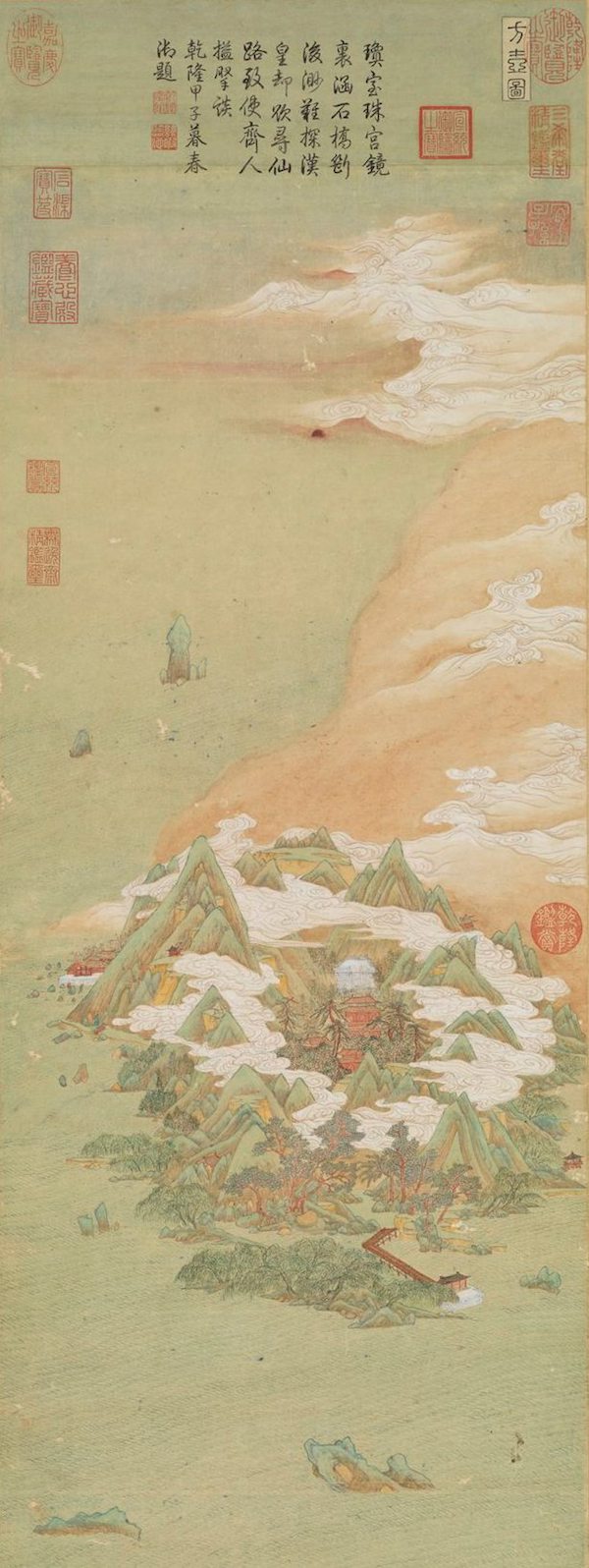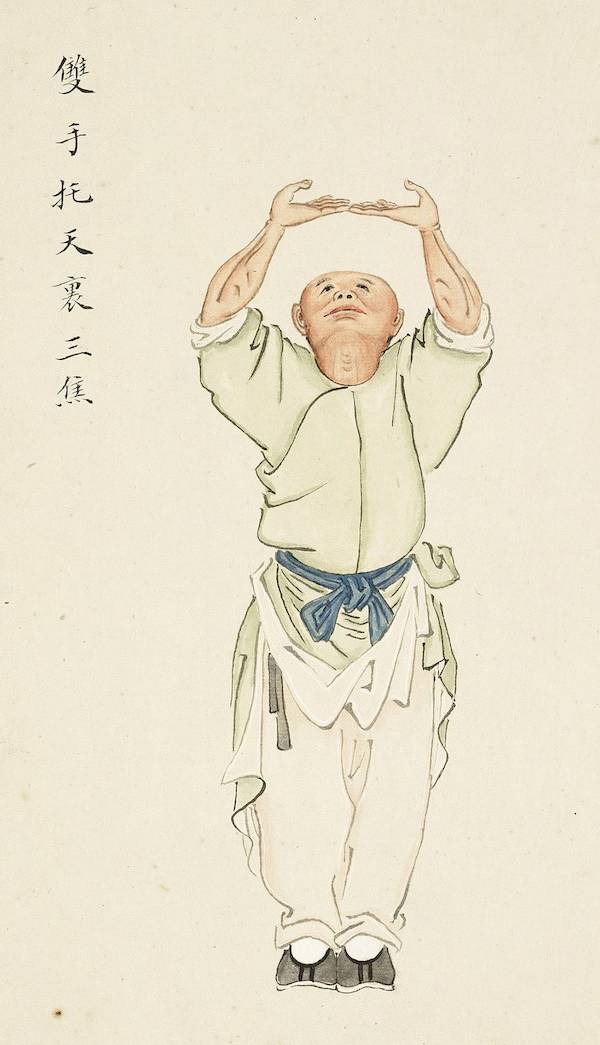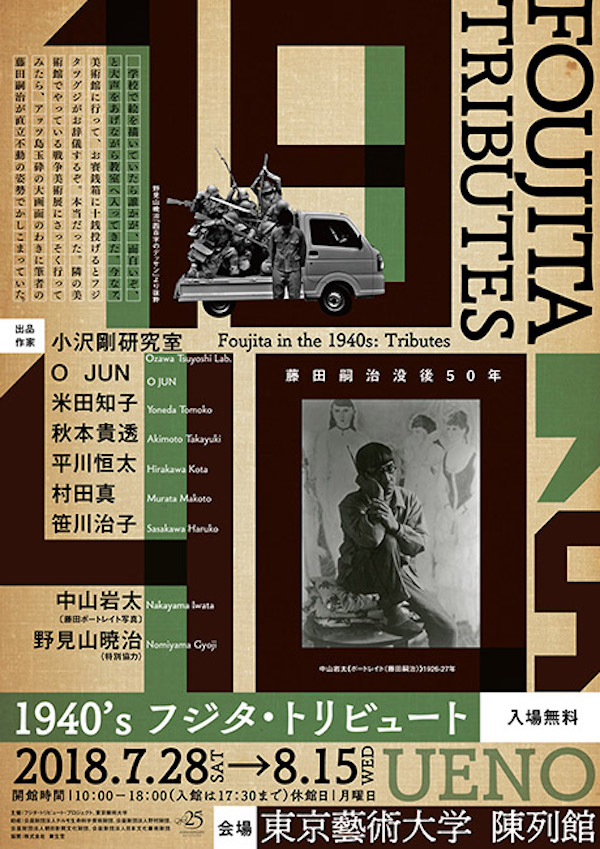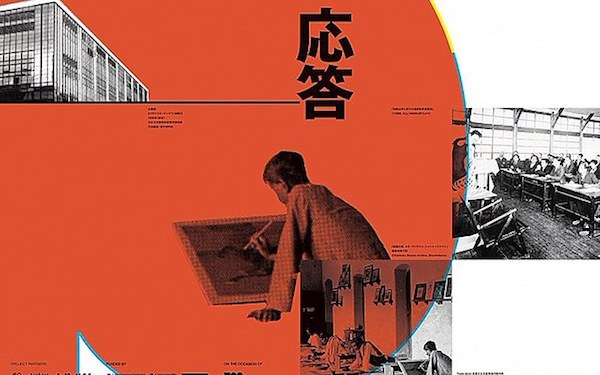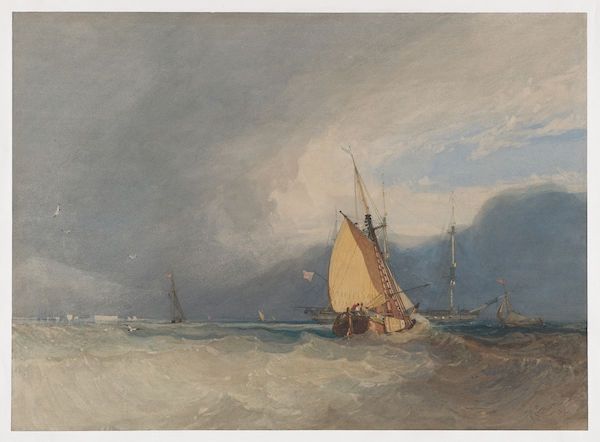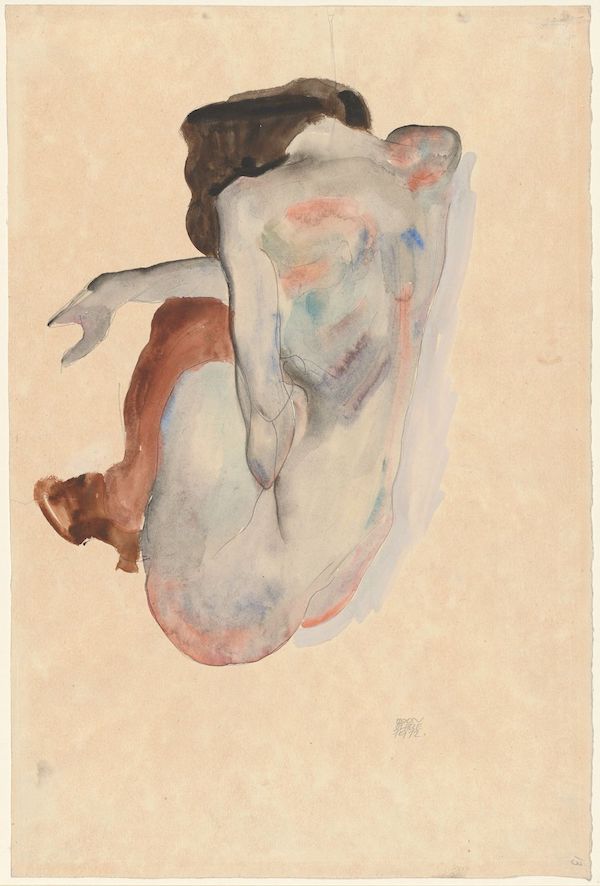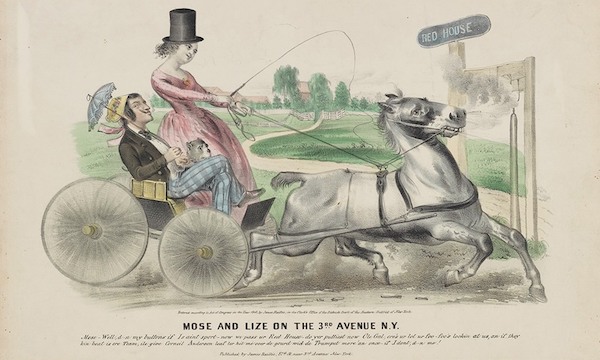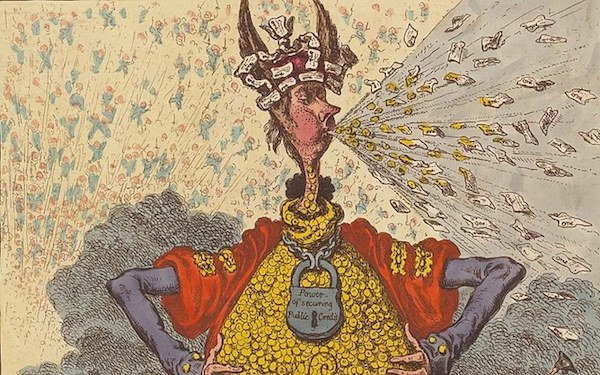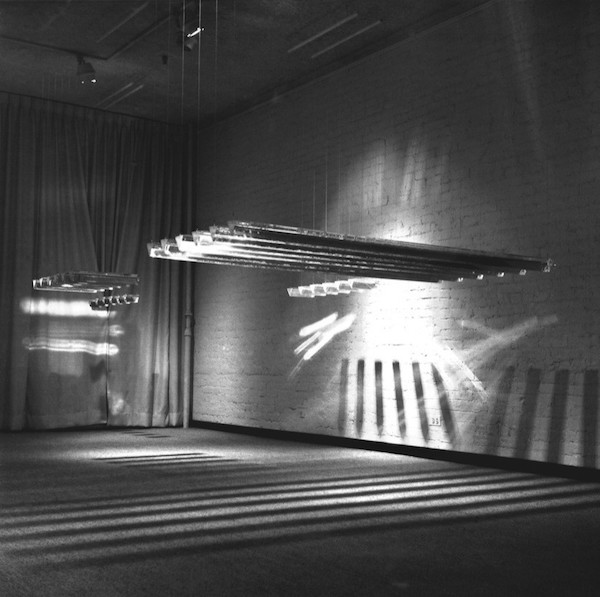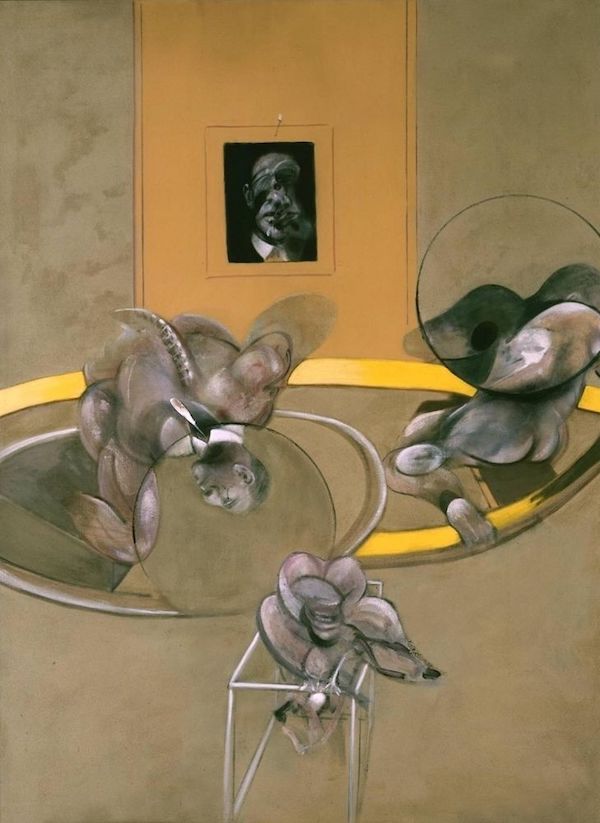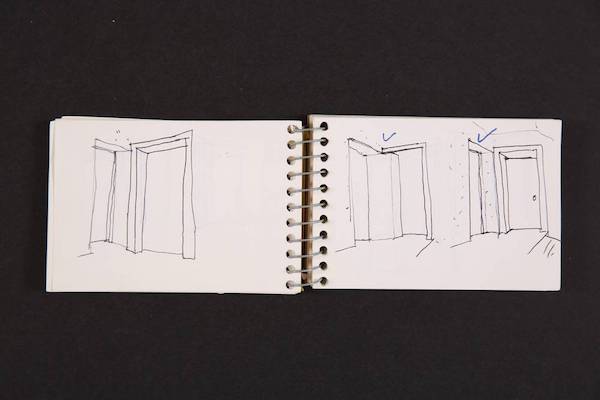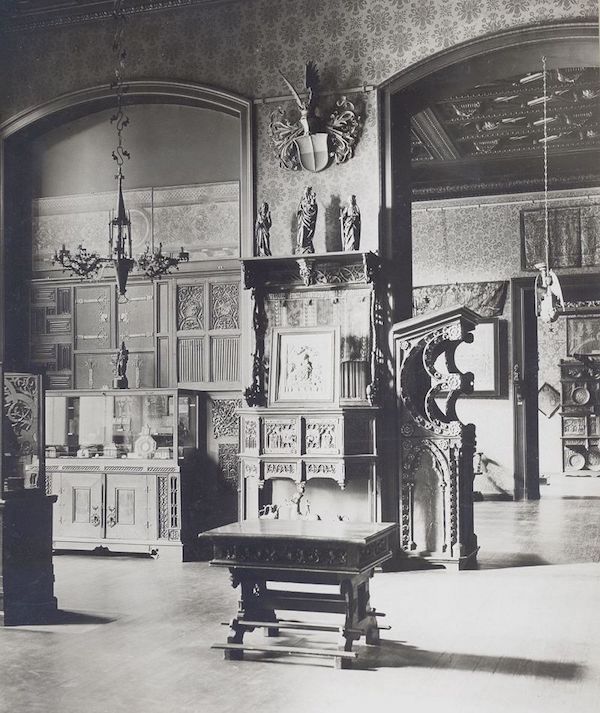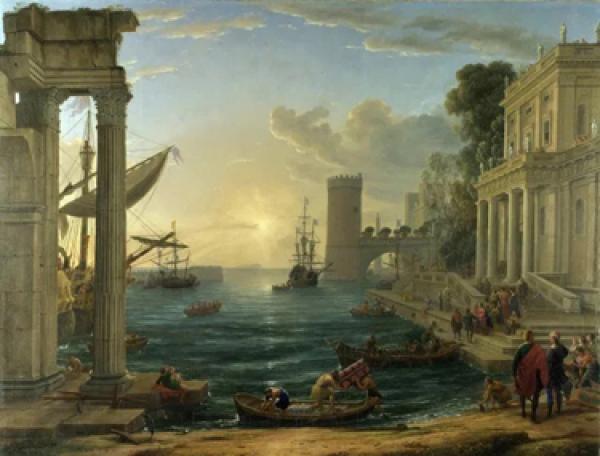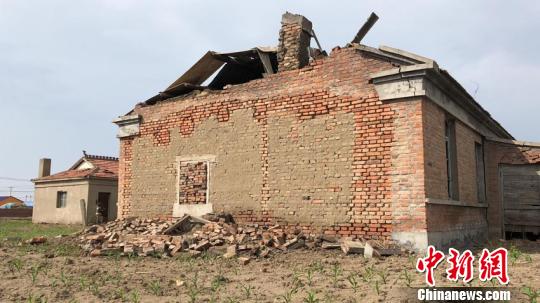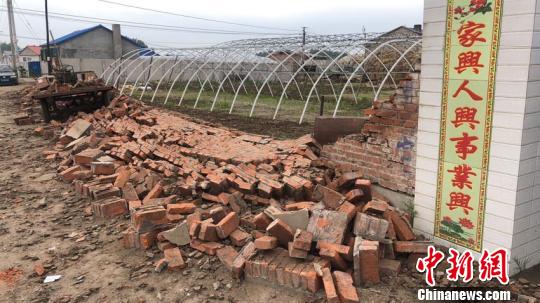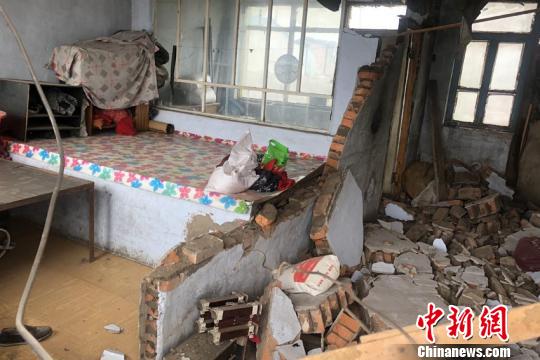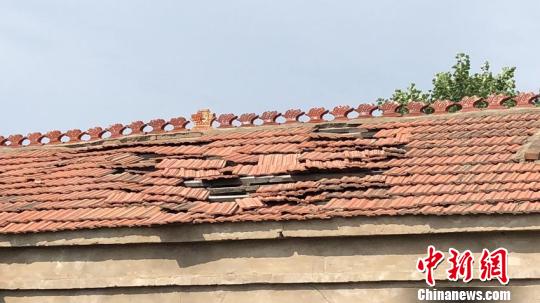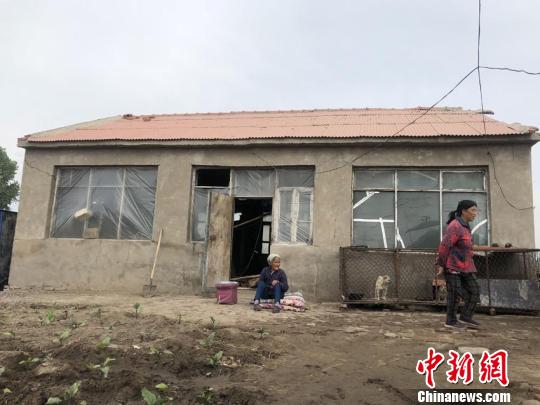Cctv newsAccording to the website of China Banking and Insurance Regulatory Commission, China on July 7th, in recent years, the credit card business of China’s banking financial institutions has developed rapidly, which has played an important role in facilitating people’s payment and daily consumption. However, in recent years, some banking financial institutions have extensive credit card business philosophy, weak service awareness, inadequate risk management and control, and there are behaviors that harm the interests of customers. In order to promote the banking financial institutions to implement the new development concept, firmly establish the people-centered development idea, improve the quality and efficiency of credit card services to benefit the people and facilitate the people, effectively protect the legitimate rights and interests of financial consumers, and better support scientific and rational consumption with high-quality development, the People’s Bank of China Banking and Insurance Regulatory Commission and China recently issued the Notice on Further Promoting the Standardized and Healthy Development of Credit Card Business (hereinafter referred to as the Notice).
The Notice consists of eight chapters and thirty-nine articles, which are divided into strengthening the management of credit card business, strictly regulating the marketing behavior of card issuance, strictly controlling credit management and risk management, strictly controlling the flow of funds, comprehensively strengthening the standardized management of credit card installment business, strictly managing cooperative institutions, strengthening the protection of consumers’ legitimate rights and interests, and strengthening the supervision and management of credit card business. The main contents are:
The first is to standardize the collection of credit card interest fees. Some banking financial institutions have some problems, such as unclear disclosure of interest and fee levels, one-sided promotion of low interest rates and low rates, charging interest in disguised form in the name of handling fees, blurring the actual use cost, unreasonably setting too low a starting point for bill installment, and implementing automatic installment without customers’ independent confirmation, which makes it difficult for customers to judge the use cost of funds and even increase their interest and fee burden. The Circular requires banking financial institutions to effectively improve the standardization and transparency of credit card interest and fee management, strictly fulfill the obligation to explain interest and fee in the contract, show the highest annualized interest rate level in an obvious way, and continue to take effective measures to reduce the burden of customer interest and fee, and actively promote the reasonable decline of credit card interest and fee level. For credit card installment business, banking financial institutions are required to specify the minimum starting amount and the maximum amount, and uniformly display the cost of using funds for installment business in the form of interest, and shall not induce excessive use to increase customer interest fees by installment.
The second is to effectively strengthen the protection of consumer rights and interests. At present, consumer complaints in the credit card field mainly focus on nonstandard marketing propaganda, poor complaints, improper collection of customer information, improper collection and so on. Focusing on the outstanding problems reflected by the complaints from the masses, the Notice makes targeted regulations, requiring banking financial institutions: they must strictly state the legal risks and legal responsibilities involved in credit cards, and must not conduct fraudulent and false propaganda; Implement unified qualification identification for the bank’s credit card marketers, distribute certificates and show them to customers in advance. Complaints channels must be strictly announced to customers, and sufficient resources such as post personnel should be provided according to the number of complaints. We must strictly implement customer data security management and collect customer information through our own channels. The collection behavior must be strictly regulated, and the third party unrelated to the debt must not be collected.
The third is to change the extensive development model. Some banking financial institutions have unscientific business philosophy, blindly pursue scale effect and market share, and the situation of excessive card issuance and repeated card issuance is prominent, and the credit management and control are not prudent, which leads to disorderly competition, waste of resources and excessive credit granting. The Circular requires banking financial institutions not to use the number of cards issued and the number of customers as single or main assessment indicators, and banking financial institutions with a long-term sleep card rate of over 20% are not allowed to issue new cards. Reasonably set the upper limit of the total credit line of a single customer’s credit card. When approving and adjusting the credit line, the credit line accumulated by customers from other institutions shall be deducted.
The fourth is to standardize the management of external cooperation behavior. Some banking financial institutions have some problems, such as nonstandard credit card business cooperation behavior, inadequate management and control, and unclear boundary between rights and responsibilities of both parties. The Circular requires the headquarters of banking financial institutions to implement a unified list management of cooperative institutions, strictly manage the examination and approval standards and procedures, and not to carry out the core business links of credit cards through the Internet platform controlled by cooperative institutions. The credit card issuance and credit balance realized through a single cooperative institution should meet the concentration index limit. For the co-branded card business, the Notice prohibits banking financial institutions from exercising credit card business responsibilities directly or in disguised form by joint entities. The business scope of co-branded card cooperation is limited to the promotion and promotion of joint entities and the provision of rights and interests services in their main business areas.
The fifth is to further promote the convenience of credit card online services. The Notice encourages qualified banking financial institutions to actively adapt to the economic development and the upgrading of consumers’ financial needs, explore and develop online credit card business and other model innovations through pilot methods in accordance with the principles of controllable risks, safety and order, stimulate and shape new development dynamics, enrich credit card service functions and product supply, and continuously enhance people’s sense of acquisition, convenience and security in handling cards.
In the next step, China Banking and Insurance Regulatory Commission and the People’s Bank of China will urge banking financial institutions to seriously implement the requirements of the Notice, so as to promote the credit card industry to develop with high quality and better support scientific and rational consumption.
Notice of the People’s Bank of China, China Banking and Insurance Regulatory Commission, China on Further Promoting the Standardized and Healthy Development of Credit Card Business
Yin Bao Jian Gui [2022] No.13
All banking and insurance regulatory bureaus, Shanghai headquarters of China People’s Bank, branches, business management departments, city center branches of provincial capitals, sub-provincial city center branches, major banks, joint-stock banks, foreign-funded banks, non-bank payment institutions, China UnionPay Co., Ltd., Netlink Clearing Co., Ltd. and China Unicom (Hangzhou) Technical Service Co., Ltd.:
In order to standardize the business behavior of credit card business, implement the management responsibilities of banking financial institutions and their cooperative institutions, improve the quality and efficiency of credit card services, protect the legitimate rights and interests of financial consumers, adhere to the people-centered development idea, promote the high-quality development of credit card business and better support scientific and rational consumption, the relevant matters are hereby notified as follows:
First, strengthen the management of credit card business
(1) A banking financial institution shall formulate a prudent and steady credit card development strategy, which shall be reviewed and approved by its board of directors or senior management, and be continuously and effectively implemented and regularly evaluated and improved. Banking financial institutions shall reasonably formulate the annual management objectives and plans of credit cards in strict accordance with the development strategy.
(2) Banking financial institutions shall establish a scientific and reasonable credit card business performance evaluation index system and salary payment mechanism. The weight of compliance management indicators and risk management indicators should be significantly higher than other indicators. Banking financial institutions shall regularly assess and determine the positions and personnel scope that have an important impact on the credit card business risks, and implement strict management of deferred payment, recourse and deduction of performance pay.
(3) Banking financial institutions shall strictly implement the credit card asset quality classification standards and identification procedures to comprehensively, accurately and timely reflect the asset risk status. Strengthen the analysis of asset quality migration trend, set risk early warning indicators, continuously and effectively identify, measure, monitor, warn, prevent and dispose of risks, accurately grasp the scale and structure of non-performing assets, and timely dispose and write off them according to procedures.
(4) Banking financial institutions shall strictly implement the employee behavior management of credit card business, carry out continuous supervision and regular investigation, implement the whole process supervision of the business behaviors of important positions and key personnel, establish and improve the accountability and recording mechanism for illegal behaviors, and effectively monitor, identify, warn and prevent illegal behaviors of credit card business employees.
(5) Banking financial institutions shall strengthen compliance training and consumer rights protection training for their employees engaged in credit card business, and the total training time per person per year shall not be less than 30 hours.
Second, strictly regulate the marketing behavior of issuing cards.
(6) Banking financial institutions shall not directly or indirectly take the number of cards issued, the number of customers, market share or market ranking as single or main assessment indicators.
Banking financial institutions should continue to take effective measures to prevent risks such as fraudulent card handling and excessive card handling. Set the maximum number of cards issued by the institution for a single customer. Strengthen the dynamic monitoring and management of sleep credit cards and strictly control the proportion. The number of long-term sleep credit cards that have not been actively traded by customers for more than 18 consecutive months and the current overdraft balance and overpayment are zero shall not exceed 20% of the total number of cards issued by the institution at any time, except for credit cards with additional policy functions issued by banking financial institutions as required by policies and regulations. Banking financial institutions exceeding this ratio may not issue new cards. China Banking and Insurance Regulatory Commission can dynamically reduce the proportion limit standard of long-term sleep credit cards according to regulatory needs.
Banking financial institutions should respect the true wishes of customers when binding payment accounts and other accounts for credit cards, and provide unbinding services with the same convenience. If a customer applies for cancellation of a card, it shall complete the processing in time after confirming that there is no outstanding payment.
(seven) banking financial institutions to carry out credit card business should strengthen marketing publicity and management. When concluding a credit card contract with a customer, you should strictly fulfill the obligation of prompting or explaining the terms such as charging interest, compound interest, fees, liquidated damages and the contents of risk disclosure. Show customers the highest annualized interest rate level and the legal risks and liabilities involved in using credit cards in an obvious way to ensure that customers pay attention to and understand the terms. It shall actively inform customers of the consultation and complaint acceptance channels of the institution, as well as the credit card articles of association, the application form for credit card business signed by customers, and the inquiry channels of relevant contracts (agreements), and notify customers of repayment notice, overdue information reporting and other matters in the way agreed in the contract. When opening the online payment function of credit card for customers, we should fully fulfill the obligation of informing in advance, reach an agreement with customers on the terms of online payment, and obtain the customer’s confirmation and consent on the opening.
(8) Banking financial institutions shall actively take audio and video recording or other effective measures to completely and objectively record and save important information such as risk disclosure and information disclosure in key links such as identity verification of credit card customers and willingness to apply for a card, so as to ensure that the recorded information is comprehensive, accurate, tamper-proof and traceable, and can meet the requirements of supervision and inspection by financial management departments and investigation and evidence collection by judicial organs in China. The recorded information shall at least include: the valid identification materials of the credit card applicant, the financial status related to the credit card application, credit records, publicity and sales texts, credit card articles of association, signed contract (agreement), important tips and confirmation information, etc. The recorded information shall be kept for at least 5 years from the end of the client’s business duration.
(9) No person may engage in the credit card issuance marketing activities of a banking financial institution without the internal unified qualification certification. Banking financial institutions shall provide information inquiry methods for credit card marketers at their business outlets and electronic channels. Credit card marketers should present their work certificates containing the identity of the card issuer and personal work information to customers in advance, and inform customers of the information inquiry methods of credit card marketers.
(ten) banking financial institutions should implement strict management of credit card marketing behavior. Do not promise to issue cards or promise to give high credit; No fraud or false propaganda; Credit cards shall not be marketed by default check or forced bundling.
Third, strict credit management and risk control
(11) Banking financial institutions shall strengthen the credit review of credit card customers, understand and analyze the credit status of customers through legal channels such as the basic database of financial credit information, implement necessary multi-dimensional cross-verification, independently review and judge the identity of customers and identify the authenticity, completeness and timeliness of application materials. Customers who have multiple debt records in different institutions after investigation should be strictly examined to strictly guard against the risk of multi-head lending.
(12) A banking financial institution shall reasonably set the upper limit of the total credit line of a single customer according to the customer’s credit status, income status and financial status, and include the customer in all credit lines of the institution for unified management. Within the total credit line of credit card, the credit line of cash advance business shall not exceed the credit line of non-cash advance business. When issuing student credit cards, banking financial institutions shall implement the second repayment source in advance.
Banking financial institutions shall conduct full due diligence on a single customer and conduct consolidated management on all credit card credit lines of the customer in other institutions. In the process of credit approval and credit line increase (including temporary credit line increase), the accumulated credit lines obtained by other institutions should be deducted from the total credit line of the customer’s own credit card, and the situation of new card-issuing customers of this institution applying for credit cards in other institutions at the same time should be monitored and the corresponding credit line reduction should be implemented.
(13) Banking financial institutions shall implement strict and prudent dynamic management of credit line of credit card, and re-evaluate, calculate and determine the credit line of credit card customers at least once a year. For customers whose risk situation has deteriorated, monitoring and analysis should be strengthened, and measures such as reducing the credit line should be taken in time. If the customer’s credit line is raised, it shall be re-examined and approved, and the credit line shall not be raised without the customer’s consent. Banking financial institutions shall strictly set the approval authority for raising the credit line, and reasonably set the range, frequency, time interval and validity period of the temporary increase of the credit line.
(14) Banking financial institutions shall establish and improve the whole process management mechanism of credit card risk model development, testing, evaluation, application, monitoring, correction, optimization and withdrawal, ensure that the risk model development and evaluation links are independent of each other, and re-evaluate the risk model at least once a year and update and optimize it in time. When using the credit card-related risk models assisted by cooperative institutions, the principles of interpretability, verifiability, transparency and fairness shall be followed, and the risk model management responsibilities shall not be outsourced. The board of directors and senior management of banking financial institutions should understand the role and limitations of credit card-related risk models.
Fourth, strictly control the flow of funds
(15) Banking financial institutions shall take effective measures to timely and accurately monitor and control the actual use of credit card funds. Credit card funds shall not be used for repayment of loans, investment and other fields, and it is strictly forbidden to flow into areas restricted or prohibited by policies.
(16) Banking financial institutions, acquiring institutions and clearing institutions shall establish and improve the monitoring, analysis and interception mechanisms for abnormal card use behaviors such as cashing and swiping, and illegal fund transactions, take control measures for suspicious credit cards and suspicious transactions according to law, continuously and effectively prevent the risks of cashing and fraud, and prevent credit cards from being used for illegal and criminal activities. Record and save credit card transactions and other information completely according to law, and continuously meet the requirements of supervision and inspection by financial management departments and investigation and evidence collection by judicial organs in China.
(17) The acquiring institution shall accurately identify the transaction information in accordance with the requirements of relevant laws, regulations and rules, send it to the clearing institution completely and transmit it to the card-issuing banking financial institution, so as to facilitate the card-issuing banking financial institution to identify and judge risks and ensure the security of credit card transactions. Banking financial institutions shall display the trading information to customers completely and accurately according to the available trading information. If the received trading information does not meet the relevant provisions, they shall carefully evaluate and take necessary risk prevention measures. The clearing institution shall formulate and improve the rules for inter-agency payment business messages in accordance with regulations, and take necessary measures against member institutions that fail to report, misreport or falsify transaction information. Transaction information includes, but is not limited to, transaction time, transaction country, domestic and overseas transaction identification, trading places (including the name of online trading platform), transaction amount, transaction type, merchant name and category and other necessary information that truly reflects the transaction scenario. Personal sensitive information shall be protected by desensitization and other means.
Five, comprehensively strengthen the standardized management of credit card installment business.
(eighteen) banking financial institutions should strictly regulate the management of credit card installment business. To handle installment business for customers, we should set up independent application, approval and other links in advance, fully disclose the nature of installment business, handling procedures, potential risks and liability for breach of contract in a concise and easy-to-understand way, and confirm the knowledge by customers in a legally effective way. A separate contract (agreement) shall be signed with the customer for each installment business, and it shall not be confused with or bundled with other credit card business contracts (agreements). If the credit card installment funds need to be transferred to the customer’s own account, it shall be transferred to his own bank settlement account except the credit card, and the amount and term shall be managed according to the cash advance business.
(19) Banking financial institutions shall not re-stage the fund balance that has been staged, except for the personalized installment repayment agreement stipulated in the Measures for the Supervision and Administration of Credit Card Business of Commercial Banks (Order No.2 of China Banking Regulatory Commission in 2011). No minimum repayment service shall be provided for installment business. Do not only provide or check the option of charging full installment interest at one time by default.
(20) Banking financial institutions shall carefully set the amount and term of credit card overdraft by installment, and specify the minimum starting amount and the maximum amount of installment business. The term of installment business shall not exceed 5 years. If the customer really needs to apply for installment repayment for the cash advance business, the amount shall not exceed RMB 50,000 or the equivalent in a freely convertible currency, and the term shall not exceed 2 years.
(21) Banking financial institutions shall display all interest items, annualized interest rate levels and interest rate calculation methods that may be generated by installment business in an obvious way on the home page of installment business contract (agreement) and business handling page. When showing customers the cost of using the funds collected by installment business, interest shall be uniformly used, and the corresponding interest-bearing rules shall be defined, and no handling fees shall be used, unless otherwise stipulated by laws and regulations.
(22) If the customer settles the credit card installment business in advance, the banking financial institution shall charge interest according to the actual amount of funds occupied and the term, and charge fees according to the provisions of laws and regulations and the contract with the customer.
Sixth, strict management of cooperative institutions
(23) When conducting credit card business cooperation, banking financial institutions shall earnestly implement the main responsibility of business compliance review, and strengthen cooperation with cooperative institutions in employee compliance and consumer protection training. The credit card business management department of the head office or the headquarters of the credit card franchise institution shall formulate clear entry and exit standards and management approval procedures for the cooperative institutions, and implement list management. A written cooperation contract shall be signed with the cooperative institution to clearly stipulate the rights and responsibilities of both parties. If it is found that the cooperative institution provides unfair and unreasonable cooperation conditions or services, or fails to fulfill the obligation of transaction information transmission as agreed, it shall refuse to cooperate or terminate the cooperation according to the contract. The cooperative institutions mentioned in this Notice include, but are not limited to, various institutions that cooperate in credit card advertising promotion, payment and settlement, information technology, value-added services and collection.
(24) Banking financial institutions shall accept business links such as credit card application, customer information collection, identity verification, card issuance review and contract (agreement) signing through self-operated channels, and shall not implement them through internet platforms, pages or other electronic channels managed and controlled by cooperative institutions to ensure clear and accurate creditor-debtor relationship. Inquiries about the bill amount or the repayment amount through the channels managed and controlled by the cooperative organization shall obtain the separate consent of the customer and take necessary measures to ensure the personal information security of the customer. For consumers who apply for credit cards by transferring to the self-operated network platform of their own institutions through other cooperative institutions, the cooperative institutions shall be required to make special tips on the difference between the ownership subjects of the channels and places.
(25) If a banking financial institution obtains a credit card application through a single cooperative institution or a plurality of cooperative institutions with related relationships, the total number of approved credit cards issued shall not exceed 25% of the total number of credit cards issued by the institution, and the total credit line shall not exceed 15% of the total credit line of the institution. Except as otherwise provided by laws and regulations.
(26) Banking financial institutions shall assume the main responsibility for the operation and management of their co-branded cards, ensure that both parties to the co-branded cards present their own brands equally in all credit card-related business links, and shall not directly or in disguised form exercise banking duties on behalf of the co-branded units or substitute the brand of the co-branded units for the bank brand. We should continue to strengthen the analysis and monitoring of the business risk, reputation risk and other adverse effects of the joint venture, and strictly prevent the risk from being transmitted to this institution. Except for obtaining separate authorization from customers through the self-operated channels of the institution, it is not allowed to send back information unrelated to the rights and interests of the main business areas provided by the joint venture. It is not allowed to carry out business beyond the business area restrictions by issuing joint-name cards or through the channels of joint-name units. Strengthen cooperation with bank card clearing institutions, and establish and improve the business rules for issuing co-branded cards.
(twenty-seven) banking financial institutions should carefully and fully evaluate the matching degree between joint units and credit card product positioning. The joint unit shall be a non-financial institution that provides credit card customers with rights and interests services in their main business areas. Banking financial institutions shall not cooperate with financial institutions, non-bank payment institutions and local financial organizations to issue co-branded cards, except as otherwise provided by China Banking and Insurance Regulatory Commission.
(twenty-eight) the business scope of banking financial institutions to carry out joint card cooperation shall be limited to the promotion and promotion of joint units and the provision of rights and services in their main business areas. Where a joint venture provides data analysis, technical support, collection and other services, it shall sign a special contract separately, and stipulate the rights and responsibilities of both parties according to the principle of matching income and risk, and different cooperation content categories shall not be confused and cross-bound.
(29) If a joint unit directly or in disguised form participates in the credit card revenue or profit sharing in the co-branded card business cooperation, or improperly links the charging standard with the credit card overdraft amount and other indicators, the banking financial institution shall stop co-branded card cooperation with it.
(30) Banking financial institutions shall implement the main responsibility of collection management, strictly formulate and implement management systems such as audit inspection and complaint handling of collection business, standardize collection behavior, and shall not provide or disclose customer arrears information in violation of laws and regulations, and shall not collect debts from third parties unrelated to debts. Continuously strengthen the collection capacity building of this institution and reduce the dependence on outsourcing collection. Strengthen the management of outsourcing collection agencies. Banking financial institutions shall, at least in their official channels, uniformly disclose the name and contact information of entrusted collection agencies.
Vii. strengthening the protection of consumers’ legitimate rights and interests
(31) Banking financial institutions shall establish a review system and working mechanism for the protection of consumers’ rights and interests, and incorporate them into the credit card business risk management and internal control system. Regularly and strictly review credit card format contracts to avoid clauses and contents that infringe on consumers’ legitimate rights and interests.
(32) Banking financial institutions shall properly handle risk events and customer complaints in accordance with the principles of territorial management, graded responsibility and timely local settlement. Banking financial institutions shall be equipped with sufficient post personnel according to their business scale, business development trend and number of complaints, and ensure that they can fully obtain the authority and resources required for performing their duties.
(33) Under the premise of complying with laws and effectively covering risks, banking financial institutions should scientifically and reasonably determine the level of credit card interest fees according to the principle of marketization, effectively improve the quality and efficiency of services, and continue to take effective measures to reduce the burden of customer interest fees.
(34) Banking financial institutions shall strictly implement data security, personal information protection and other relevant laws and regulations and relevant provisions on credit management, follow the principle of "legality, justness and necessity", and clearly stipulate in the cooperation contract the purpose, manner and scope of the use of customer information by both parties, customer information confidentiality responsibilities and obligations, and effective measures to prevent and control the risk of customer information disclosure. It is not allowed to cooperate with institutions that conduct data processing in violation of laws and regulations.
Eight, strengthen the supervision and management of credit card business.
(35) China Banking and Insurance Regulatory Commission and its dispatched offices, the People’s Bank of China and its branches shall, in accordance with their statutory duties, strengthen the risk identification, monitoring, early warning, prevention and control and disposal of credit card business, and continuously strengthen the extended monitoring and standardization of various business activities related to credit card business. In violation of the provisions of this notice, it shall be ordered to make corrections within a time limit, and take relevant regulatory measures or impose administrative penalties according to the Banking Supervision Law of the People’s Republic of China, the People’s Bank of China Law of the People’s Republic of China and other laws, administrative regulations and relevant provisions.
(36) The Banking Insurance Regulatory Commission, in consultation with the People’s Bank of China, will promote innovation in the credit card industry in accordance with the principles of risk control, safety and order, and explore innovative modes such as online credit card business through pilot projects.
(37) China Banking Association and China Payment and Clearing Association shall give full play to the self-discipline function of the industry, continuously improve the self-discipline rules and risk evaluation system of credit card business, and strengthen self-discipline punishment and notification.
(thirty-eight) this notice shall come into force as of the date of promulgation. The transition period is 2 years from the date of implementation of this notice. If the stock business does not meet the requirements of this notice, it shall complete the rectification within the transition period, and complete the business process and system transformation in accordance with the requirements of this notice within 6 months. The new business after transformation shall meet the requirements of this notice.
(thirty-nine) this notice shall be interpreted by China Banking and Insurance Regulatory Commission in conjunction with the People’s Bank of China.
People’s Bank of China, China Banking and Insurance Regulatory Commission, China
July 7, 2022

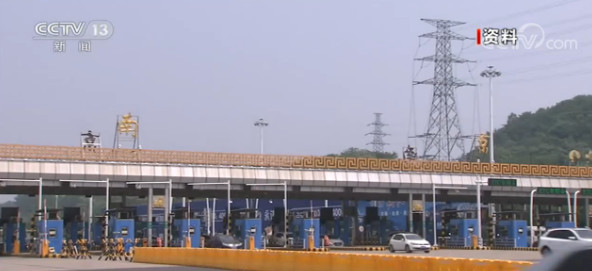

















![[yuan] [yuan]](https://baidubox-emoji.cdn.bcebos.com/imgs/%5B%E5%85%83%5D.png?r=2025100817) Written by Yang Weizhen and proofread by Zou Zhifang: Yang Weizhen Collection, Zhejiang Ancient Books Publishing House, 2017.
Written by Yang Weizhen and proofread by Zou Zhifang: Yang Weizhen Collection, Zhejiang Ancient Books Publishing House, 2017.![[Qing] [Qing]](https://baidubox-emoji.cdn.bcebos.com/imgs/%5B%E6%B8%85%5D.png?r=2025100817) Qian Qianyi: A Brief Biography of Poems of Dynasties, Shanghai Ancient Books Publishing House, 1959.
Qian Qianyi: A Brief Biography of Poems of Dynasties, Shanghai Ancient Books Publishing House, 1959.

